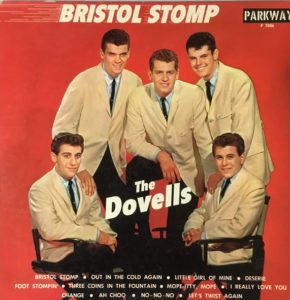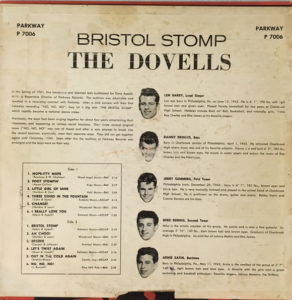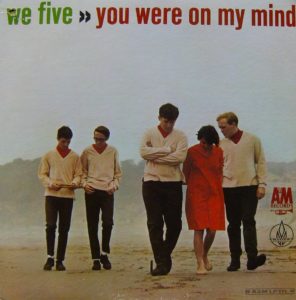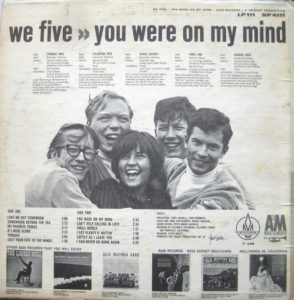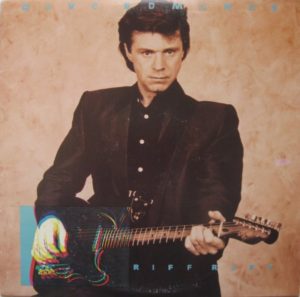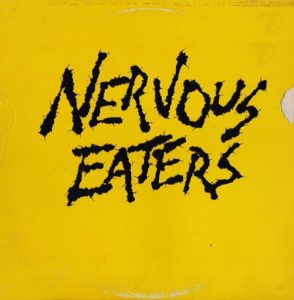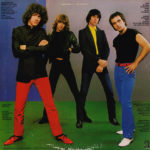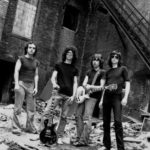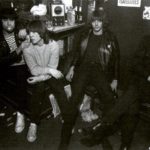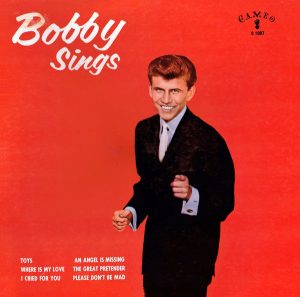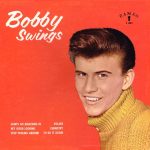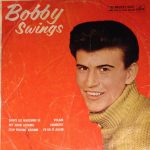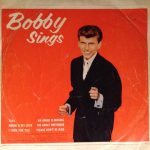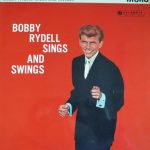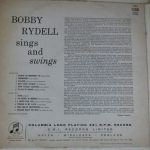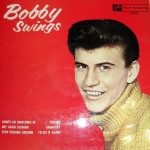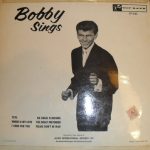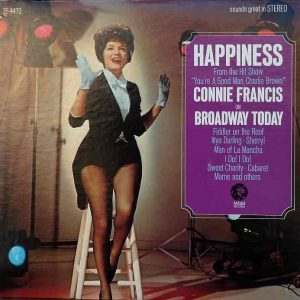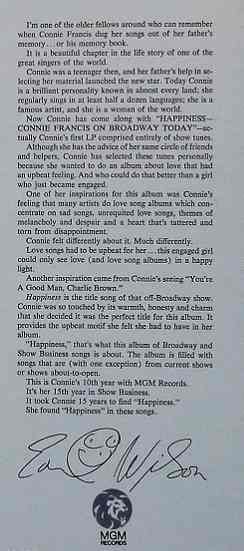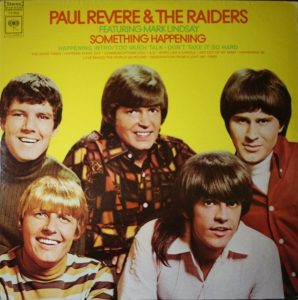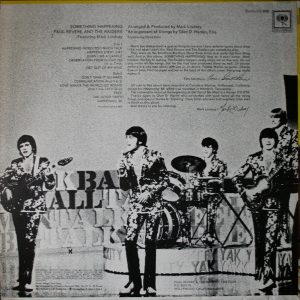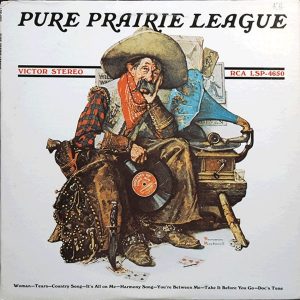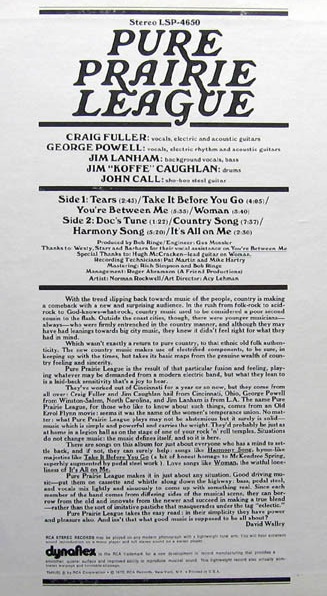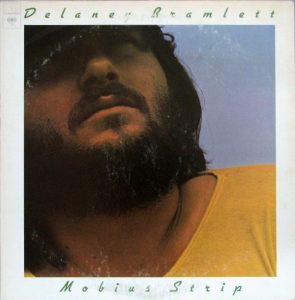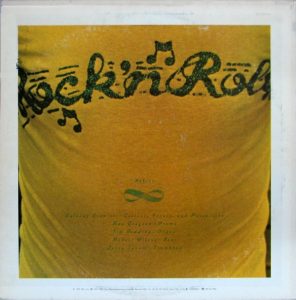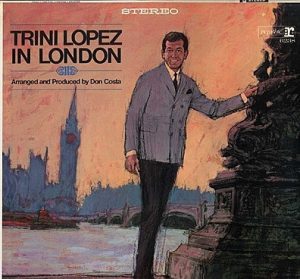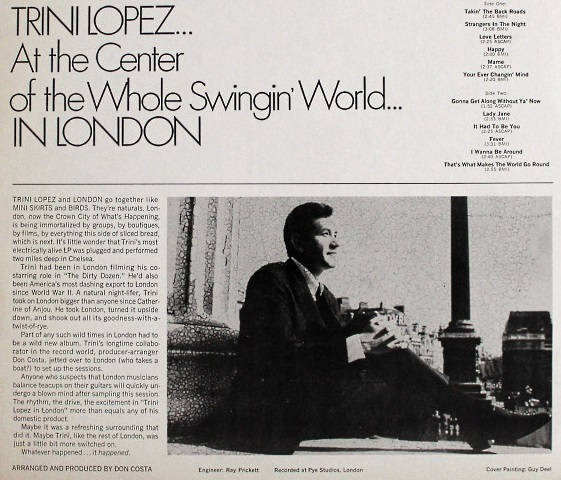I came to the The Dovells through one event. Many years ago, in an op shop, I bought a single by Len Barry, “1-2-3”.. That song from 1965 I think one of the best pop songs of the 1960s.
Len Barry was the lead singer of The Dovells.
The Dovells were a white doo wop group from blue collar “streets” and neighbourhoods of Philadelphia.
The back sleeve of the record notes the “five handsome and talented lads” (all born in 1942 or 1943) who made up the group …
Len Barry – Lead Singer
Danny Brooks – Bass
Jerry Summers – First Tenor
Mike Dennis – Second Tenor
Arnie Satin – Baritone
Being from multiethnic meting pot of Philadelphia this doesn’t sound quite right, though on the Parkway label 1962 it did but the “handsome and talented lads” were all, just about ethnic kids from the Philly, all quiffs and blue eyes soul, looking to music as a way out.
Their names were a giveaway. You could be a black artist, but you couldn’t be a white ethnic one, especially if you weren’t Italian.
The only surprise, given their Philly background, is their general lack of Italian-ness (Bobby Rydell, Fabian, Frankie Avalon etc all came out around the same time) … “general” … there were some who passed through their ranks.
So, more accurately but unlikely to grace a record sleeve in 1962 …
Len Borisoff – Lead Singer
Jim Mealey – Bass
Jerry Gross – First tenor
Mike Freda – Second Tenor
Arnie Silver – Baritone
“The Dovells were an American doo-wop group, formed at Overbrook High School in Philadelphia, Pennsylvania, in 1957, under the name ‘The Brooktones’… Gross left the Brooktones in 1959 to form the group The Gems with Jerry Gross, Mark Stevens, Mike Freda, Warren Purdy, and Roland Scarinci. The remaining Brooktones signed to Parkway Records in 1960 and added Jerry Sirlen and William Shunkwiler to the group, while changing the band’s name to The Dovells. While rehearsing “Out in the Cold Again”, which turned out to be the B-side of “Bristol Stomp”, Len called Jerry and asked for help with the harmonies. After two days of trying, Len asked Jerry to be part of the group and replace two of the other members. Sirlen and Shunkwiler were replaced by Gross and Freda. Mark went on to start his own group Tony & the Raindrops (“Our Love is Over”, a local hit), and later joined The Dovells in the 1960s. Warren Purdy went to work for the Boeing Corp., Roland Scarinci enlisted in The Marine Corps then went on to work for AT&T… The Dovells at that point (1961) were Len Borisoff (aka Len Barry), Gross, Silver, Mealey, and Freda, which went on to record eight hit records, starting with the “Bristol Stomp”. .. Len left at the end of 1963 for a solo career under the name Len Barry. The high point of his solo career was the Top 5 smash “1-2-3” in 1965, and the follow up hit “Like a Baby”.” https://en.wikipedia.org/wiki/The_Dovells
Barry seems to have had a vision of what he wanted to achieve… “Earlier group differences exploded at a Christmas show performance in Miami Beach. According to Jerry, a dispute arose over whether or not to tailor their talents to the Miami crowd. Most of the group wanted to, and they threatened to quit after the show. Len, the dissenting voice, saw that he was outnumbered and quit instead:. https://www.thedovells.com/biography.html
He went on to define blue eyed soul (soul sung by Caucasians though in fact even though the soul it was influenced by was soul sung by black artists infused with white pop and aimed at both racial markets)
The Dovells were one of many white doo wop bands that followed black doo wop bands into the market. Black doo wop was based on the black trad vocal bands of the 40s who in turn lifted from the white barbershop quartets and vocal groups of the 20s and 30s. The difference between the two was in temperament and outlook and the fact (and this is a broad generalisation) that the white doo wop groups were aimed more at dancing … be it stompin’ or slow and romantic.
The genre revolves around singles but when fortunate enough to put out an album it seems the albums are sequenced to be played right through at a party. Dancing tunes, followed by slow tunes.
Thematically they cover everything from dancing songs to hooking up songs to breaking up songs.
In other words, everything that would resonate with teenagers and early 20 somethings.
The band had signed Cameo / Parkway records in 1960, and like other similar small independent labels, execs Bernie Lowe (Bernie Lowenthal), Kal Mann (Kalman Cohen), and A&R head Dave Appell were all songwriters.
Lowe wrote the new lyrics to “Hound Dog” that Elvis recorded and Elvis’ “Teddy Bear” (with Kal Mann), “Kissin Time” by Bobby Rydell and later Kiss (also with Kal Mann) and “Wild One” for Bobby Rydell (with Kal mann and Dave Appel)).
Kal Mann also wrote “Lets Twist Again” (with Dave Appell) for Chubby Checker and “Fabulous” under the pseudonym of Jon Sheldon for Charlie Gracie which was later covered by Paul McCartney
Dave Appel had been in the 1950s trad pop vocal and instrumental group The Applejacks wrote “Butterfly (with Kal Mann) for Charlie Gracie and “Wildwood Days” for Bobby Rydell (with Kal Mann)
They, naturally, wrote most of the original songs for this album though inbetween a batch of old black doo wop covers , a standard and a Len Barry song.
There is an innocence in the music (yes, I know a widely used trope for early 60s pop music) but there is a joy in the music. It is working class dance your troubles away music where blacks and whites mixed (The Dovells played in black clubs regularly) as opposed to campus based civil rights and folk protest music of the time, where blacks and whites, largely, didn’t mix. Go figure. Here the music is class based rather than race based, and you can all escape your worries or enjoy your youth, even if only fleetingly…
The black and white distinction that follows isn’t meant to be a distinction but an indication at the fluidity of music ….
Tracks (best in italics)
Side One
- Mope-Itty Mope – (Bosstone – Chatman) – originally released as a single in 1959 by The Bosstones which included Len Barry as a singer. The lyrics have been updated to refer to the Bristol Stomp singer. In its 1959 and 1962 version there are echoes of the Papa-Oom-Mow-Mow by the Rivingtons (1962). A catchy, if gimmicky, song.
- Foot Stompin’ – (Aaron Collins) – First release by black vocal group, The Flares, in 1961 and written by Aaron Collins a black doo wop singer wo had been in The Jacks and The Cadets. Another dancer with a prominent saxophone.
- Little Girl of Mine – (Goldner – Cox) – First release by black R&B vocal group The Cleftones in 1956. A superior cover of a great up tempo R&B vocal song.
- Three Coins In The Fountain – (Cahn – Styne) – First recording by Frank Sinatra with Orchestra conducted by Nelson Riddle for the film of the same name in 1954. The white vocal group the “Four Aces” had a US#1 the same year. I love this song. This version doesn’t capture the right note of romantic melancholy for me. https://en.wikipedia.org/wiki/Three_Coins_in_the_Fountain_(song)
- Change! – (Sheldon – Leon) – An original. Sheldon and Leon are Kal Mann and David Leon Appell. “Changing partners can be crazy fun” the lyrics suggest. Dance partners of course.
- I Really Love You – (Mann – Appell) – a mid tempo dancer
Side Two
- Bristol Stomp – (Mann – Appell) – the big hit from the year previous. A stomp dance song. Not so much a dance instruction song like the “twist” or the “pony” but a song about a dance that you can dance to … if that makes any sense. Great fun. Later (1962) covered by labelmate Chubby Checker. https://en.wikipedia.org/wiki/Bristol_Stomp
- Ah Choo! – (Sheldon – Leon) – a novelty song. Filler. Sung well, but …
- Deserie – (Cooper-Johnson) – First release by black doo wop group The Charts in 1957. A mid-tempo ballad with some high notes and an orchestra (or, at least, strings) lurking in the background. Quite good.
- Let’s Twist Again – (Mann – Appell) – First release by Chubby Checker (1961) and a #8US hit. The band acknowledge Chubby in the song. A great song though not up there with the original. https://en.wikipedia.org/wiki/Let%27s_Twist_Again
- Out In the Cold Again – (Koehler-Bloom) – First done Glen Gray and The Casa Loma Orchestra in 1934 and much covered. The Dovells seem to have taken their inspiration from Frankie Lymon & The Teenagers US#10 version from 1957 (a band they professed as a favourite). https://en.wikipedia.org/wiki/Out_in_the_Cold_Again
- No, No, No! – (Borisoff) – an excellent up-tempo love song. Boppy and a toe tapper.
And …
A little of this goes a long way but your foot will be tapping … I’m keeping it.
Chart Action
US
Singles
1961 #2US Pop
1961 #7 US R&B
Album
Failed to chart
England
Nothing
Sounds
Mope-Itty Mope
https://www.youtube.com/watch?v=pteD1L4sgf0
Foot Stompin’
https://www.youtube.com/watch?v=zqIXYBsvW2w
Three Coins In The Fountain
https://www.youtube.com/watch?v=r_70MZxfoWc
Bristol Stomp
live
https://www.youtube.com/watch?v=XCOB5-E4P6Y
mp3 attached
Let’s Twist Again
https://www.youtube.com/watch?v=dyFp0yyXHZw
Out In The Cold Again
No, No, No!
https://www.youtube.com/watch?v=e-e6TbUxhqs
Others
https://www.youtube.com/watch?v=2sNJVV_wX9k
https://www.youtube.com/watch?v=NZjzqUB-I8U
Review
—
Bio
https://en.wikipedia.org/wiki/The_Dovells
https://www.allmusic.com/artist/the-dovells-mn0000784670/biography
https://en.wikipedia.org/wiki/Len_Barry
https://en.wikipedia.org/wiki/Cameo-Parkway_Records
https://en.wikipedia.org/wiki/Bernie_Lowe
https://en.wikipedia.org/wiki/Kal_Mann
https://en.wikipedia.org/wiki/Dave_Appell
Website
https://www.facebook.com/groups/TheDovells
Trivia
- “The Dovells continued as a trio, and recorded as The Magistrates for MGM in 1968. As the Magistrates, they recorded the chart hit “Here Comes the Judge,” taking advantage of the popularity of the skit on the TV show Laugh-In. Gross and Freda wrote and produced the song, added the female voice of Jean Yost (Hillary), and performed as The Magistrates as well as The Dovells. Freda left to do his own thing in 1969. The Dovells (Gross-Silver-Stevens) went on to be a big hit, in Las Vegas and the Night Club circuit around the country, doing over 300 shows a year”. https://en.wikipedia.org/wiki/The_Dovells
- “The Dovells performed at both of President Bill Clinton’s inaugural balls, with Clinton guest appearing on saxophone. In 1991, Len Barry reunited with The Dovells twice. He died in a Philadelphia hospital of myelodysplasia, a bone marrow disease, on November 20, 2020. He was 78 years old.” https://en.wikipedia.org/wiki/The_Dovells
- When music and art collide … pop culture. https://www.williampenn.bank/pop-culture-mural-coming-to-bristol-borough-this-spring/
RIP Len Barry 1942 – 2020

